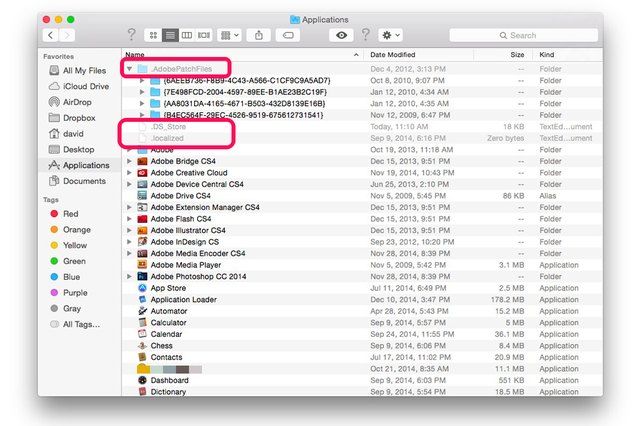

And the ‘control’+’x’ to exit nano.Įither refresh the. Save the file in nano by clicking ‘control’ +’o’ and confirming the name of the file is. Just uncomment the second line # If you come from bash you might have to change your $PATH.Įxport PATH=$HOME/bin:/usr/local/bin:$PATHĪdd in any extra paths colon separating them with no trailing slash Saving the Edits in Nano # export PATH=$HOME/bin:/usr/local/bin:$PATH zshrc file it may have these lines in it: # If you come from bash you might have to change your $PATH. zshrc export PATH=$PATH:/Users/yourusername/binĪdd in the above line which declares the new location /Users/yourusername/bin as well as prefixing the original path declared as $PATH.Īlso if you have an existing. If you don’t have it, create it and edit it with a command line editor called nano: touch. zshrc file by running the ls -la command which shows the directory files. This command moves you into home directory, if you are already in the home directory then you are in the right spot. zshrc file to control it ( previously it was the Bash Shell using. In macOS Big Sur and Catalina the default shell is Zsh aka the Z Shell which has the. This configuration file controls various Terminal environment preferences including the path. bashrc in your home directory and add to the path there. To make the new path stick permanently you need to add or edit a. One of the disadvantages of this is that the new location will only be honored for that particular Terminal session, when a new Terminal window is launched it will have the original default path again. Test it by running echo $PATH again in the Terminal. So here I have copied my existing path and added the new location on the end, colon separate the paths. You can add extra locations to your path, in the myscript.sh example above it’s location /Users/yourusername/bin/ which is not in the default path, you can add it in Terminal like so: PATH=/usr/local/bin:/usr/bin:/bin:/usr/sbin:/sbin :/Users/yourusername/bin/ These directories are not visible by default in the filing system but you can make them visible.

So this is stating that you can run Unix style applications or commands located in 5 or 6 default locations of a certain path in the filing system: You can find out whats in your path by launching Terminal in Applications/Utilities and entering: echo $PATHĪnd the result should be like this.(the last one when you have Xcode) /usr/local/bin:/usr/bin:/bin:/usr/sbin:/sbin:/Library/Apple/usr/bin Your shell path is a bunch of absolute paths of the filing system separated by colons : You can just type the command, regardless of where you are in the filing system: myscript.sh So instead of running something like this, with a path to the command or script: /Users/yourusername/bin/myscript.sh
#MAC TERMINAL FIND FILE FULL#
The shell path for a user in macOS is a set of paths in the filing system whereby the user has permissions to use certain applications, commands and programs without the need to specify the full path to that command or program in the Terminal.


 0 kommentar(er)
0 kommentar(er)
